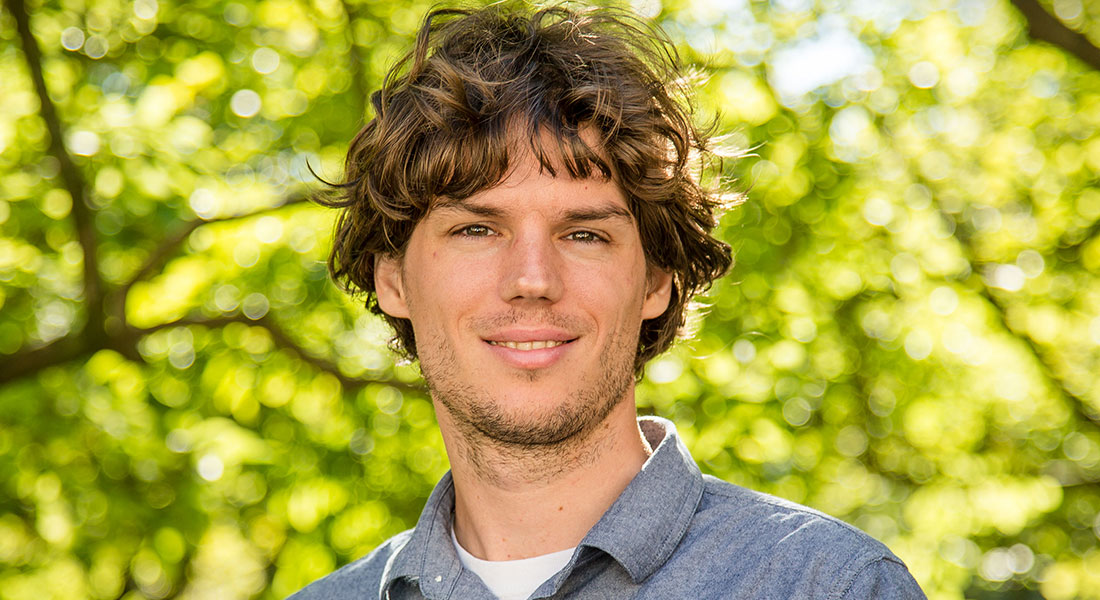
Cluster Assembly Dynamics Drive Fidelity of Planar Cell Polarity Polarization
Silas Boye Nissen, Postdoctoral Researcher, Stanford University, USA
In planar cell polarity (PCP) signaling, distinct molecular subcomplexes segregate to opposite sides of each cell, where they interact across intercellular junctions to form asymmetric clusters. Although proximal-distal asymmetry within PCP clusters is the defining feature of PCP signaling, the mechanism by which this asymmetry develops remains unclear. Here, we developed a method to count the number of monomers of core PCP proteins within individual clusters in live animals and used it to infer the underlying molecular dynamics of cluster assembly and polarization. Measurements over time and space in wild type and in strategically chosen mutants demonstrate that cluster assembly is required for polarization, and together with mathematical modeling provide evidence that clusters become increasingly asymmetric and correctly oriented as they increase in size. We propose that cluster assembly dynamics amplify weak and noisy inputs into a robust cellular output, in this case cell and tissue-level polarization.
